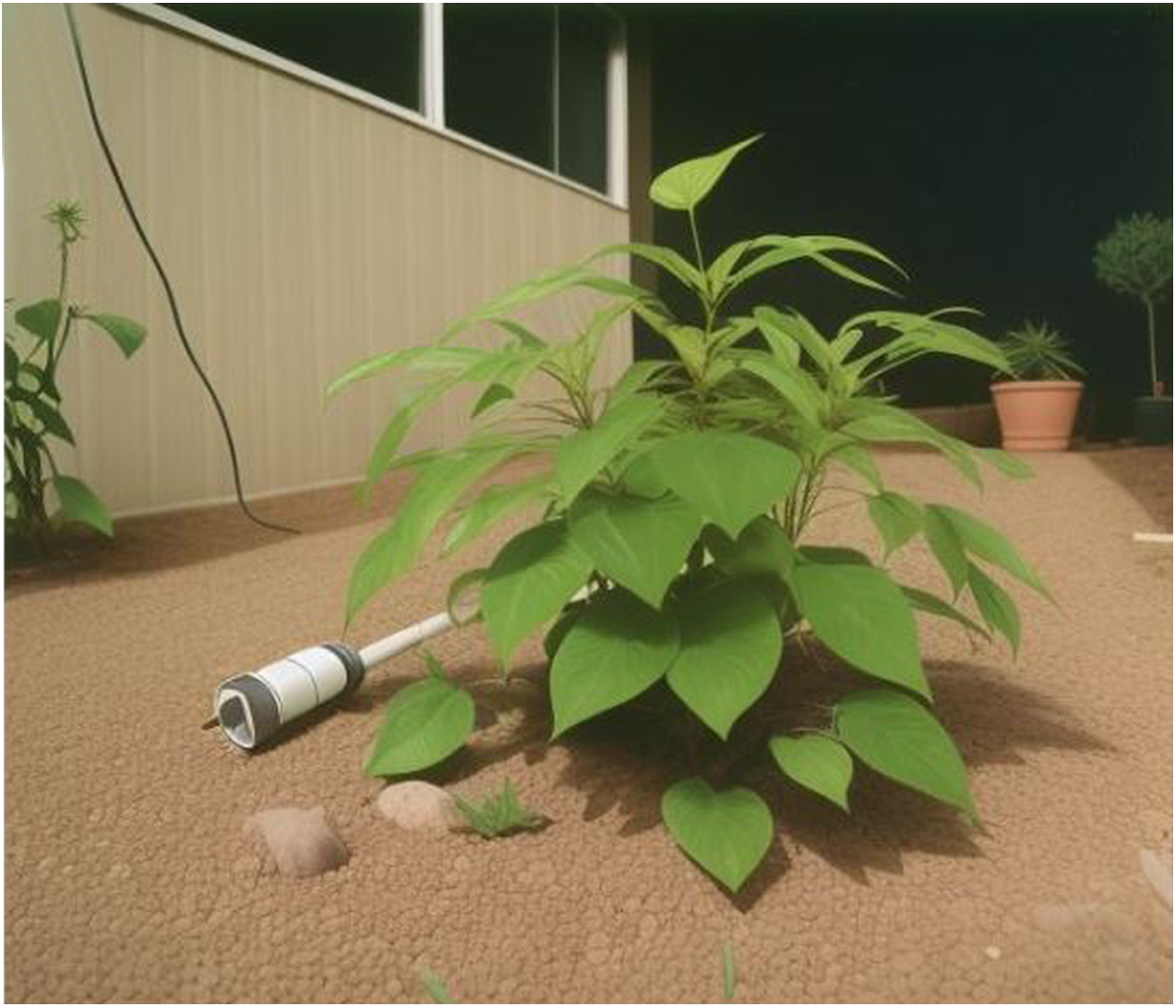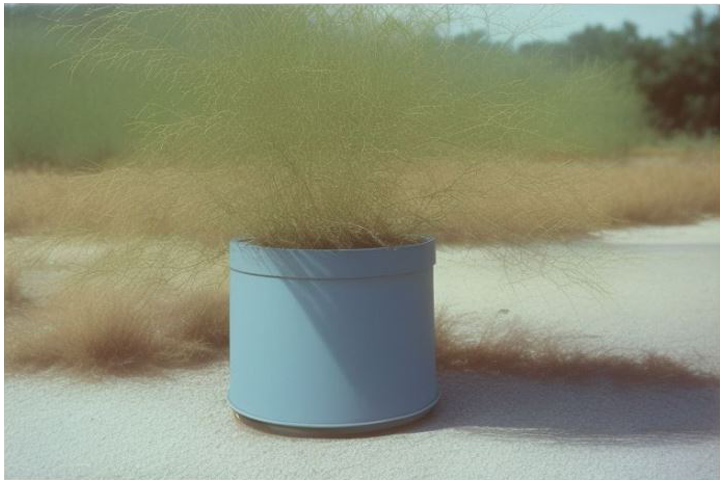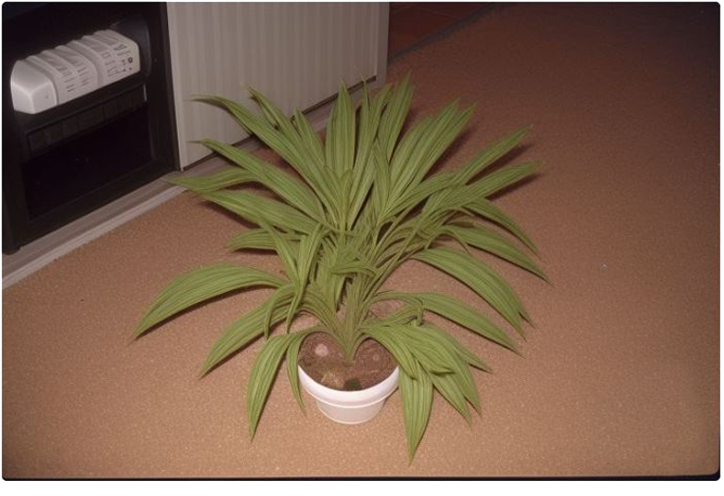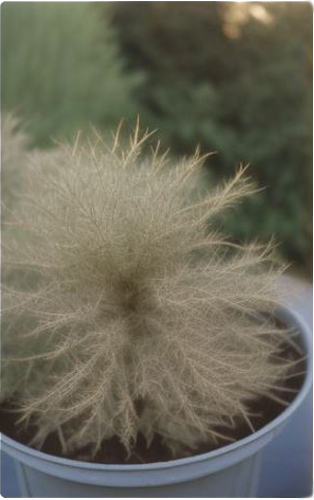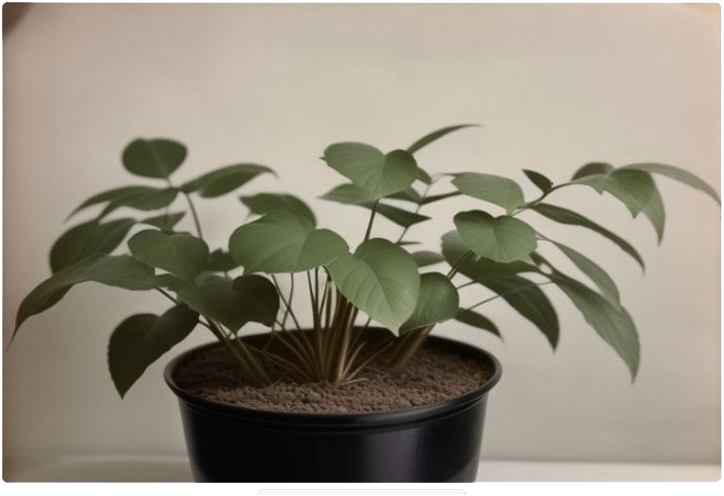|
We often view rituals as relics of past times,
remnants of distant cultures that seem disconnected from our modern
way of life. However, a closer look at our daily routines reveals that
they, too, are saturated with rituals – subtle, almost invisible
practices that are deeply embedded in the fabric of our social and
economic structures. These modern rituals act as the unnoticed rhythm
of our lives, their apparent banality concealing their destructive
power.
The incessant drive for consumption, expressed
in celebrations like “Black Friday” or the constant pursuit of the
next shopping event, is no harmless pastime; rather, it is a ritual
that marks the beginning of global exploitation chains. In its
repetition and ubiquity, it solidifies the mechanisms that exploit
resources, destroy ecosystems, and amplify social inequalities.
Similarly, the rituals of self-presentation on social media and the
perpetual pressure for productivity are expressions of an invisible
yet powerful web of practices that shape our identities while
simultaneously reproducing the injustices of our time.
These rituals do not exist in isolation; they
are part of a global system whose entanglements we often fail to
notice. Yet, in their repetition, in the silent force of the habitual,
lies the root of many societal ills. They are the invisible hands that
shape – or disrupt – the fragile balance of the world.
It is therefore essential that we recognize and
question these rituals. Artistic approaches, such as relational
aesthetics (Nicolas Bourriaud), dialogical art (Grant Kester), or
participatory art (Claire Bishop), demonstrate how creative practices
can create resonance spaces that reveal the invisible. They open
dialogues with the social realities we shape through our rituals and
invite us to actively reimagine them.
However, these artistic interventions alone are
not enough to address the deeper causes of injustice. The rituals of
our daily lives – the seemingly innocent decisions we make every day –
contribute to stabilizing the structures of inequality. It is the
quiet power of these rituals that breathes life into the vast web of
global challenges.
The path to a more just and sustainable world
does not only lie in large movements or symbolic spaces of art. It
begins within ourselves, in the quiet, almost invisible moments of our
daily routines, where we have the chance to break through these
mechanisms and create new patterns.
The rituals of Western modernity are not only
the cause of the problems; they also carry within them the potential
for their solution. By making them visible and consciously reshaping
them, we open doors to a world that is not only more just but also
more mindful. A world not solely shaped by grand ideas, but by the
many small, courageous decisions that we, as individuals, can make
every day.
|
